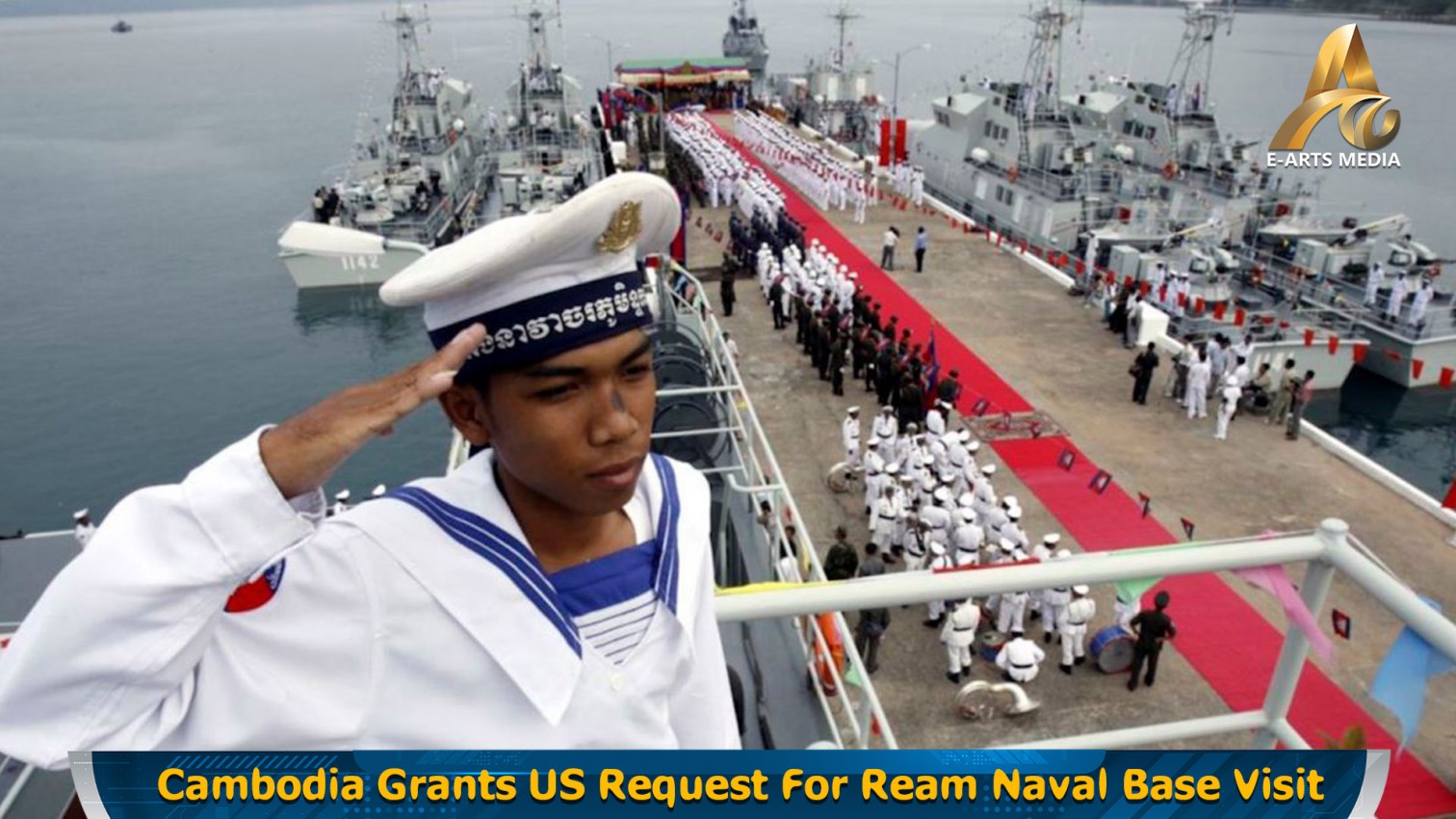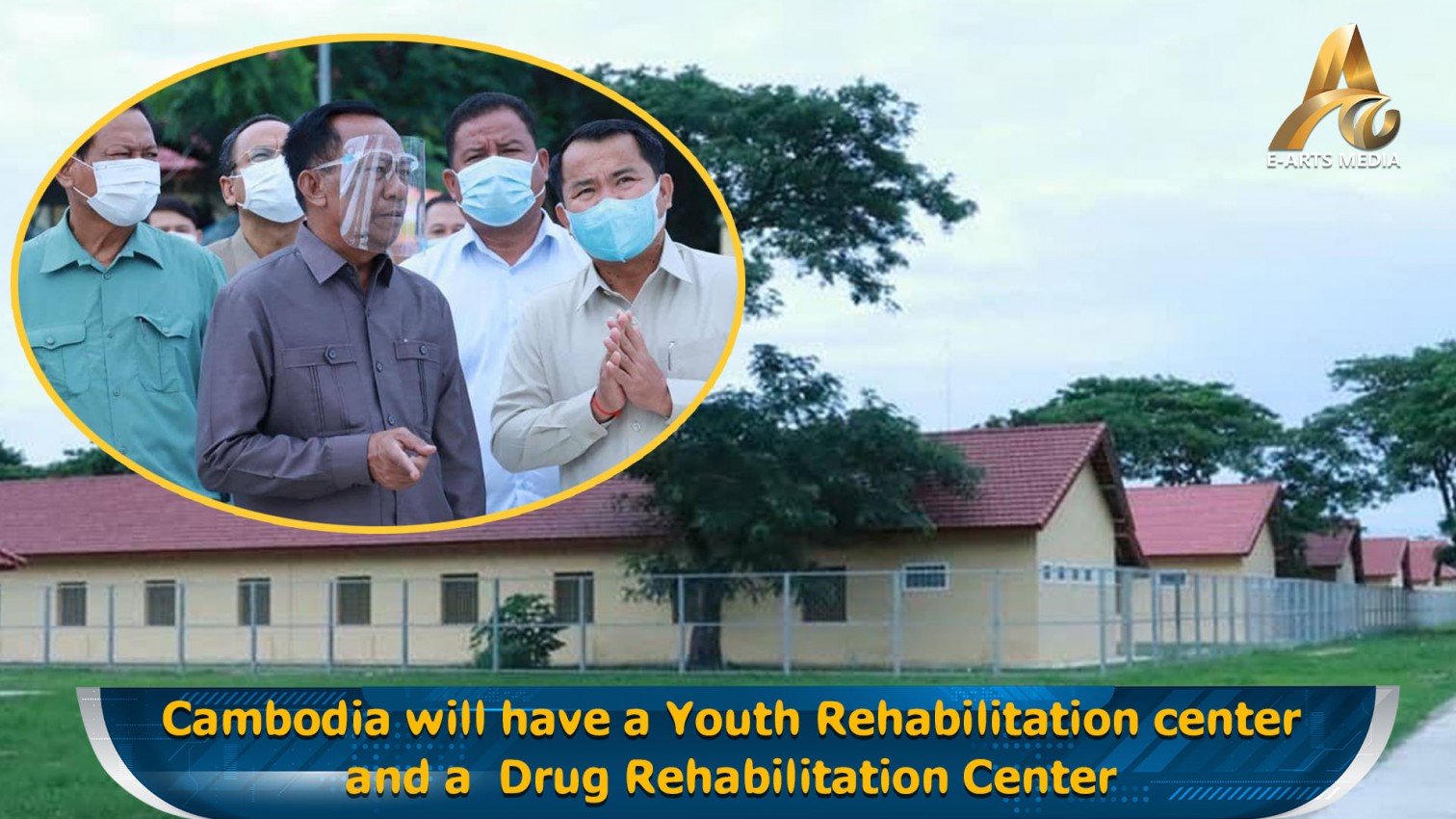PHNOM PENH: Today marks 23 years since Prime Minister Hun Sen’s win-win policy helped to bring in the last remaining Khmer Rouge soldiers to join the government, ushering in a brand new era of peace and stability in Cambodia which has lasted until the present day.
After the Khmer Rouge Regime was overthrown in 1979 by Vietnamese-backed armed forces, the Khmer Rouge refused to surrender and retreated into the remote areas of the country, prolonging the civil war. Beginning with a strategy to “Divide, Isolate, Finish, Integrate and Develop” (DIFID), Prime Minister Hun Sen began implementing this strategy to separate the Khmer Rouge from other movements and mobilize the various movements (such as the FUNCINPEC Front, the Khmer People’s National Liberation Front) to join with the Cambodian People’s Party (CPP) towards a peace process.
Before reaching the Paris Peace Agreement on 23 October 1991, Prime Minister Hun Sen met with former King Norodom Sihanouk twice to discuss an agreement on how peace could be brought to Cambodia. The Paris Peace Agreement was then officially signed in 1991 by 19 countries in an effort to end the civil war in Cambodia and move the country towards democracy.
The United Nations launched its UN Transitional Authority in Cambodia (UNTAC) peacekeeping mission, which allowed for the UN to govern Cambodian up until the 1993 national elections. However, the Khmer Rouge boycotted the elections and refused to join the new government, which continued the civil war.
Prime Minister Hun Sen launched the "win-win policy" in early 1996, based on the same DIFID strategy, to completely eradicate the Khmer Rouge. The policy promised three conditions for defectors of the Khmer Rouge: guarantee for life and body, guarantee for career and occupation, and guarantee of ownership of both movable and immovable property. Defectors were welcomed to peacefully join the government and reintegrate into society, which further divided and weakened the Khmer Rouge, in addition to serial infighting.
The Prime Minister also wanted to convey three important points with this strategy. First, to inform the remaining Khmer Rouge forces that their leader had already surrendered, Second, to inform the Cambodian people that the war had been stopped, and Third, to give confidence to foreign investors to do business in Cambodia which was no longer a war-torn nation.
Finally, on 29 December 1998, the Former Head of State of the Khmer Rouge, Khieu Samphan, the Former National Assembly Presidents Nuon Chea, Ieng Sary, Chan Youran and Chuon Choeun visited the residence of Prime Minister Hun Sen in Takhmao City to formally surrender to the Royal Government, officially marking the dissolution of the Khmer Rouge.
The win-win policy is recognized as one of the Prime Minister’s greatest achievements and defensive strategies, bringing peace, national unity and reconciliation to the Kingdom of Cambodia, and providing many new opportunities for the nation to grow and prosper.





















